How to Convert Your WordPress Blog Posts into Audio Podcasts
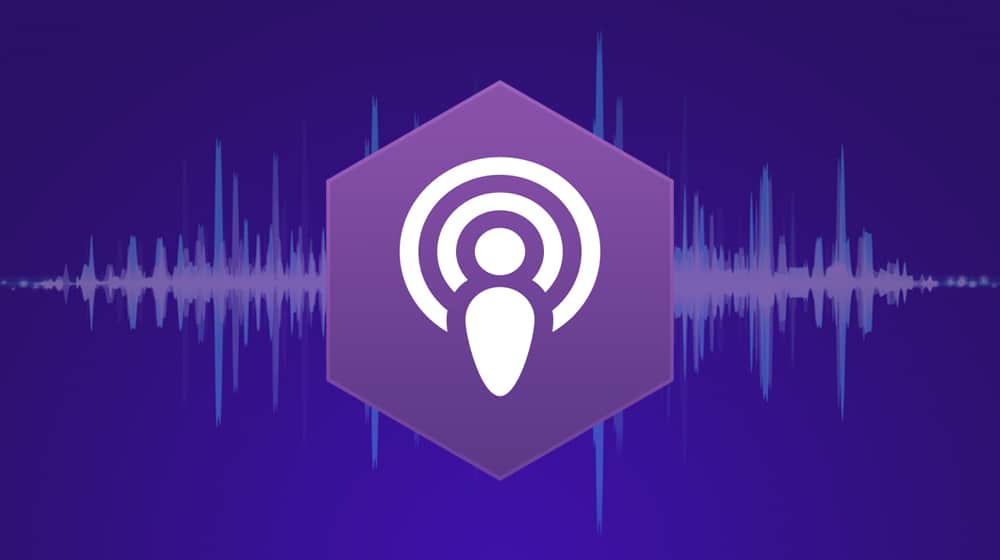
I'm a big fan of repurposing blog posts. I've written before about how to repurpose content in a variety of ways, and one of my suggestions is to convert your blog post into a script. That script can be used to convert the blog post into a podcast, or use the audio as an audio version for website accessibility, or use it as audio for a video you produce for YouTube.
Now I want to go into this in a little greater detail: how can you create a podcast out of your blog posts?
Why Convert a Blog Post into Audio?
Before I get into specifically how to convert your blog posts, let's talk about why you should do it.
There are several benefits to converting a blog post into an audio format. All of them are beneficial, but they might be more or less valuable depending on other considerations for your business. As you can see by the audio podcast button at the top of this post, I've decided that this is worth doing for my business, but it may not be the best fit for all blogs.
Here are some of the benefits of adding this functionality:
1. The first is an accessibility feature. I'm a proponent of making things more accessible, and I try to implement accessibility where I can. There are plenty of people who browse the web who are blind or near-blind, did you know that? They often have to rely on text-to-speech programs to read site content aloud to them, but if you've ever played around with the likes of Microsoft Sam, you know it can be a bit janky at best.
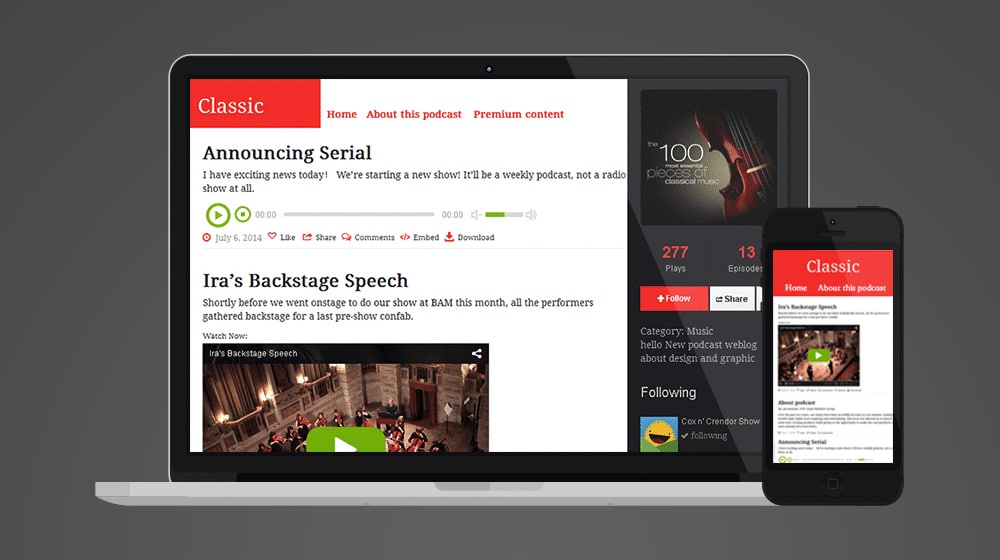
Text to speech conversion has a handful of different issues. There are a lot of words it might not understand, especially if you're writing in a specialized field and have a lot of industry jargon or specific terms in your writing. Even if you don't, a robot voice often feels odd in its diction and rhythm. For those of us who don't have eyesight issues, it can be jarring. Imagine how bad it is if you don't have the text to fall back on!
Several prominent blogs have added dedicated audio channels for all of their posts. Many of them use plugins to do it – and I'll discuss those later – but some of them take the time to either record themselves reading the post, or hire someone to record themselves. They embed the audio version on their blog post itself, so anyone who needs it can use it.
It's not entirely for those who have sight issues, either. Plenty of people don't have the opportunity to just read a blog post. People like to listen to content on their drive to work, and plugging in a phone to a car stereo and hitting play on a blog post can be a great option, albeit not a common phenomenon.
2. The second main benefit is opening up an entirely new world of audiences, links, and SEO. There are hundreds of podcast directories and apps available online, and your audio posts can be picked up and distributed through those platforms. That's a ton of additional exposure to audiences who would likely never actually find or visit your website.
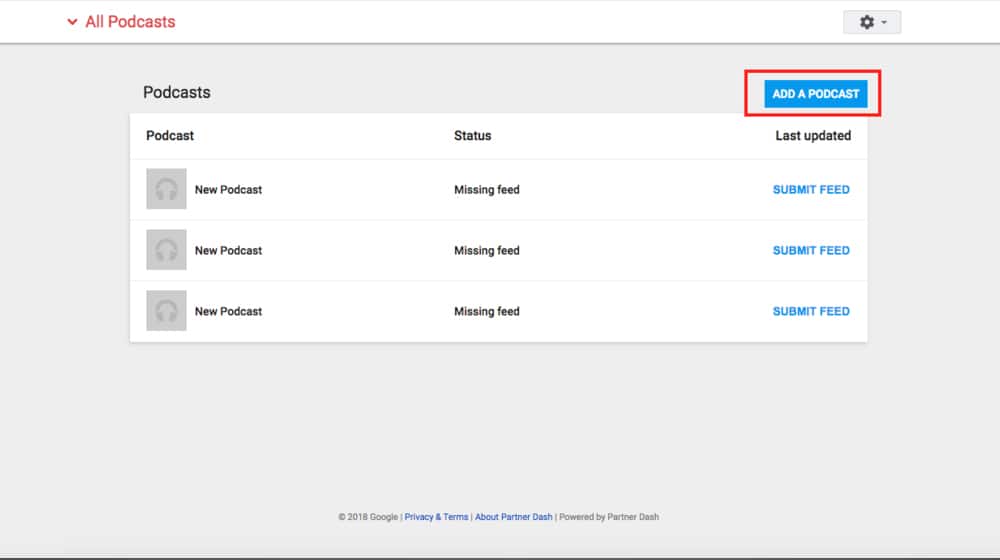
Now, granted, podcast marketing takes a lot of dedicated effort, and you'd need to do additional styling to market your content as a podcast. For example, you should create a compelling "album cover" for your podcast, give it a clever name to help it stand out, optimize your profile pages on podcast directories; it's a whole thing.
3. Third is one I already mentioned; being able to take that audio and convert it into a video. It doesn't take much to convert a podcast into a video with a slideshow of images and illustrations, and if you want something a little slicker and a little better produced, there are apps and freelancers just waiting to do it for you. You can even save a bunch of money by having the audio ready to go.
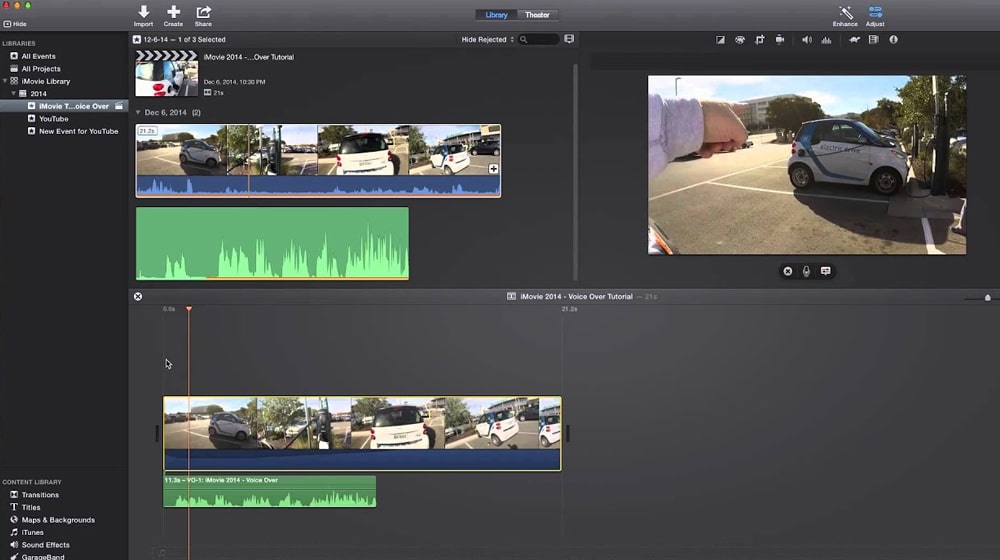
There's also the chance to make some money on the side. Podcasts tend to have sponsors – so much so that riffing on sponsor pitches is a meme in the podcasting community – and those sponsors tend to pay, either for the exposure or on an affiliate commission basis. You can not only get more traffic and exposure from your podcast but earn some money on the side doing it, with content you already produced.
Convinced? Here's how you do it.
Decide Between AI and Human
The first thing you need to do is decide whether you want to use a vocal AI to create the audio version of your post or use a human to do it.
AI versions come in a variety of packages. Some of them are on par with the Microsoft text-to-speech engine that they've been slowly, incrementally improving over the years. Some of them are so good that you'd be amazed to learn it wasn't a human just reading a script. There are some benefits to using an AI version to make your audio:
- It's usually cheaper than hiring someone to read for you.
- It can be set up in a plugin to create and embed audio versions of your posts automatically.
- It avoids the issues of recording yourself, such as stuttering/misspeaking or audio quality problems.
On the other hand, they're always still just a little off, hitting the uncanny valley just right so everyone still usually knows it's a machine voice, not a human voice. Depending on the system, an AI might choke on things like typos, jargon, and acronyms as well. And, of course, you can't then go give in-person interviews and maintain voice continuity. Some systems, like Amazon Polly, have a varying level of realism for an additional cost and can even simulate breathing in-between sentences.
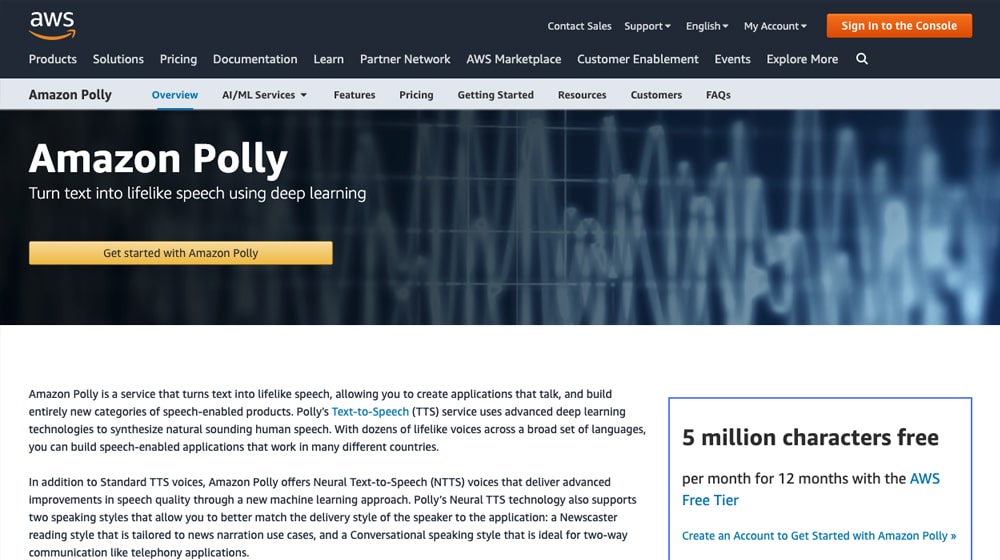
Some options for AI-driven audio conversions include:
- Play.ht – Free to start, cheap to use, and a little on the rougher side.
- Amazon Polly – Available as a WordPress plugin, powered by Amazon. The official WordPress plugin is no longer being updated by Amazon but it works just fine.
BlogCast – Cheap, but limited in the number of articles you can process per month.BlogCast was shut down in July 2025.
There are others as well, but the dirty secret is, pretty much all of them just license the AI from Google, Microsoft, or Amazon to do the dirty work in the background. All of them sound more or less the same, and while you might have some preferences for certain voices or intonations, they'll all still stumble over the right kinds of inflection, pauses, or emphasis.
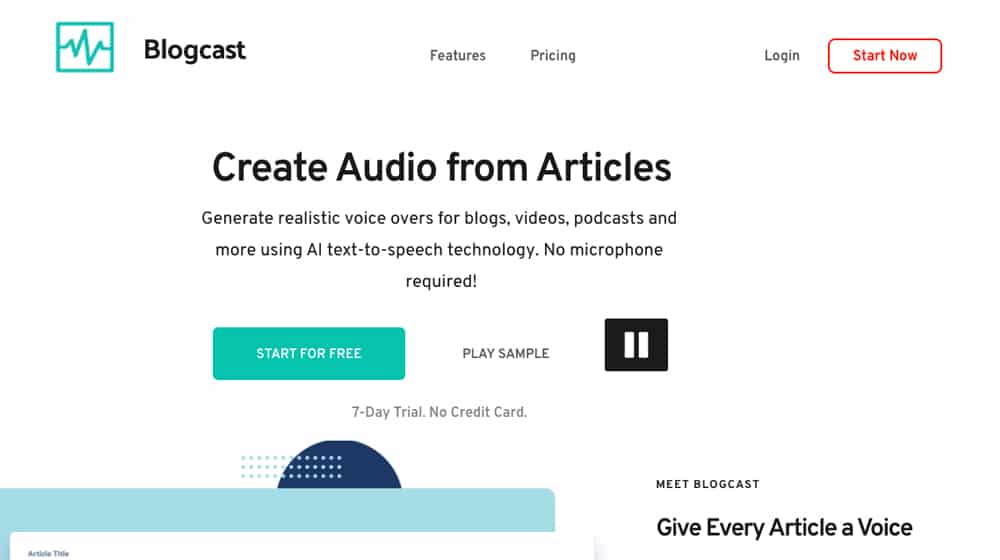
My favorite example to listen for is the word "everyone". If you speak "everyone" and "every one", they sound different, but an AI will always compose the word out of "every" and "one", so there's always a strange inflection on it. But I digress.
A human will always read with a more human voice because they're human. They are, however, typically much more expensive to contract. You still lose out on vocal continuity if you give an interview, but that's not always a bad thing. After all, you can disclose that you're hiring someone to do your recording for you.
Human versions need lead time so you aren't able to just embed a plugin and let it work. This can lead to small delays in your publishing schedule. Still, the quality level tends to be so much better than I often tend to recommend the human option. Maybe one day AI will be good enough to be indistinguishable, but that day has not yet arrived. We're getting pretty dang close, though.
Decide Between Manual or Freelance
The second decision you need to make (assuming you're going with the human option) is how to go about it. You can do it yourself, or you can hire someone to do it for you.
Doing it yourself is cheaper in terms of monetary costs, but it has some serious drawbacks. For one thing, you need to put in the work, and finding the time and space to record audio, edit it, process it, and upload it isn't always easy, especially if you're a busy person.
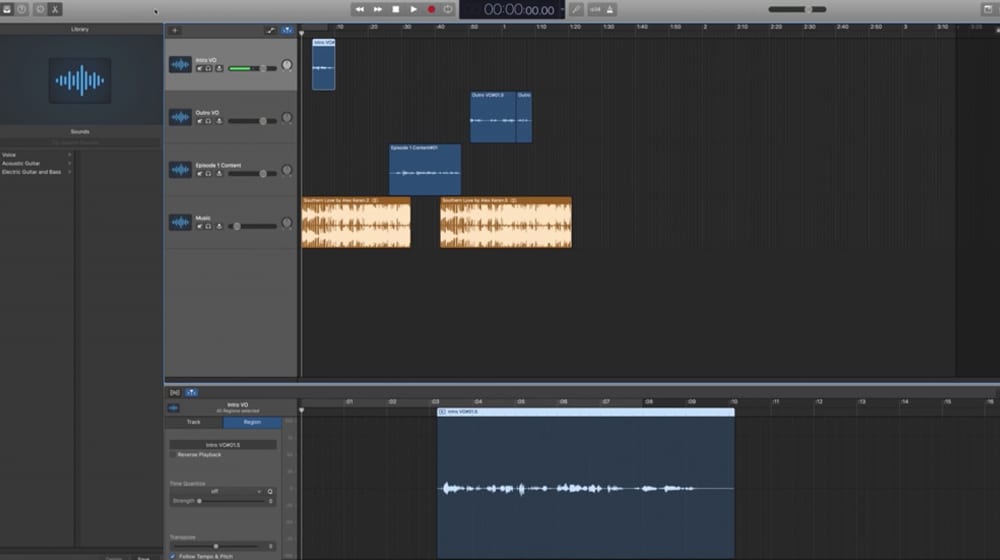
Recording audio isn't too difficult. A good quality microphone can be had for under $100 these days, though you might need some accessories like a pop filter, a mic stand, and noise-reducing foam for your office to reduce echoes. You will also want some audio processing software, to help balance levels, reduce noise, and give you that rich, full sound that professionals always have. It can be difficult and tedious to configure and may require tweaking over time.
Hiring a freelancer has the benefit of, well, they're the ones responsible for all of that. All you do is give them a script, any notes you need them to know, and some money. It's faster, easier, and more consistent than doing it yourself.
On the other hand, it attaches a voice that isn't yours to your content. Again, that's not always a bad thing, unless you want to build a distinctive vocal brand. Additionally, freelancers might have issues with pronunciation for industry jargon, so you need to pay attention.
Decide Between As-Is or Rewritten
The third major decision you need to make is whether you're going the "accessibility" route, the "podcast" route, or both.
The accessibility route means creating an audio version exactly as the text is written on your blog post. This is what the plugins and AIs do. It's critical for accessibility, but it's not always ideal for a podcast. Conversational writing is way more important in audio than it is in text, even web writing. If you ever read a transcript of a podcast, you would never mistake it for a blog post, and vice versa.

The podcast route is, as you might expect, the opposite. You take your blog post as a source and edit it down into a more conversational, script-like version. This makes it much better as a script for audio or video, but it loses the 1:1 reflection of the content for accessibility purposes. If you want to make your blog posts into an actual podcast, this is a smart way to go. The biggest downside, of course, is that you have to do that rewriting, which means learning scriptwriting and how to format text for that purpose.
And, of course, you can do both. Installing something like Amazon Polly (which is fairly straightforward) will give you these accessibility benefits right away, while a podcast version can be produced and released later. You can try it out on our blog - we use Amazon Polly, and you can try it out at the top of this post.
Pulling It All Together
Here's what I would recommend, and is the process I use when I'm implementing an audio version.
1. Install a plugin. There are at least a dozen different companies that offer services to do this, though Amazon Polly is my favorite. Simply install and configure the plugin, and you're ready to go to process your blog posts.
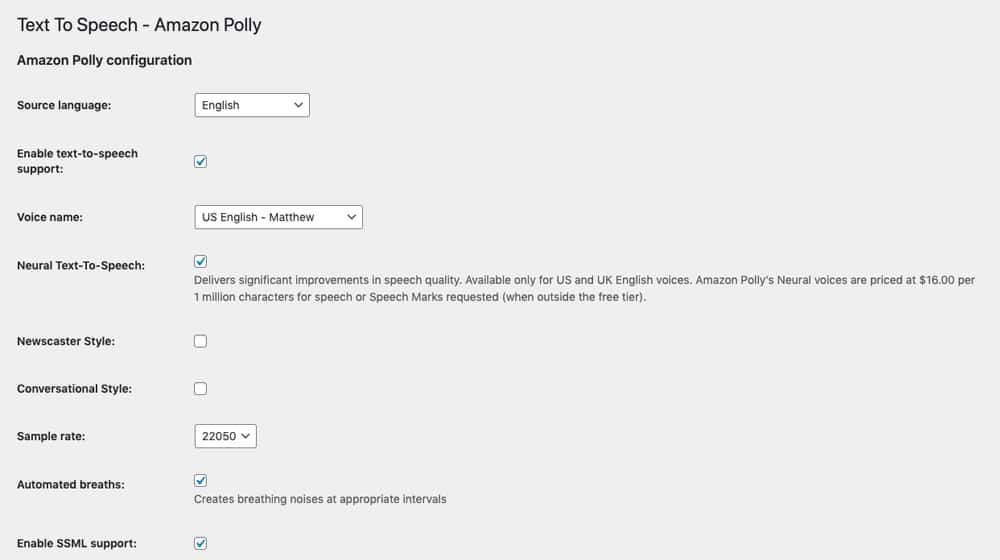
I recommend starting with your best blog posts, giving them accessibility versions first. Eventually, you can process your whole site, but rate limits can put a damper on doing that too quickly. Make sure you leave enough of your monthly quota available to process your new posts as you publish them, and work backward from there.
2. Convert your best content into scripts. Starting with your most popular content, start converting your blog posts into scripts. Your newest content can be double-written both as a blog post and as a script version, which takes time and practice but will get faster as you do it more. You can also pay a freelance writer to do it - if you want.
3. Record the content. Fiverr is full of people willing to record, as are the other freelance hubs. If you don't want to pay someone to do it, it's not too difficult to set up your own audio recording booth. I recommend a relatively enclosed space free of ambient noise (no fans, no refrigerators, no idling cars, etc.) where you can set up and record in privacy. A Blue mic is a good introductory mic, and you only need a few accessories: a pop filter and a stand will cover most of your issues.
From there it's all about the software. There are hundreds of audio editing apps out there, with something like Audacity being one of the more popular options for Windows and Mac. Picking editing software comes down to what feels best for you to use. They all have roughly the same features at their price levels, so pick one, see if you like it, and if not, pick another. You could also hire a freelancer to polish them up for you if you don't feel like adjusting the audio files yourself.
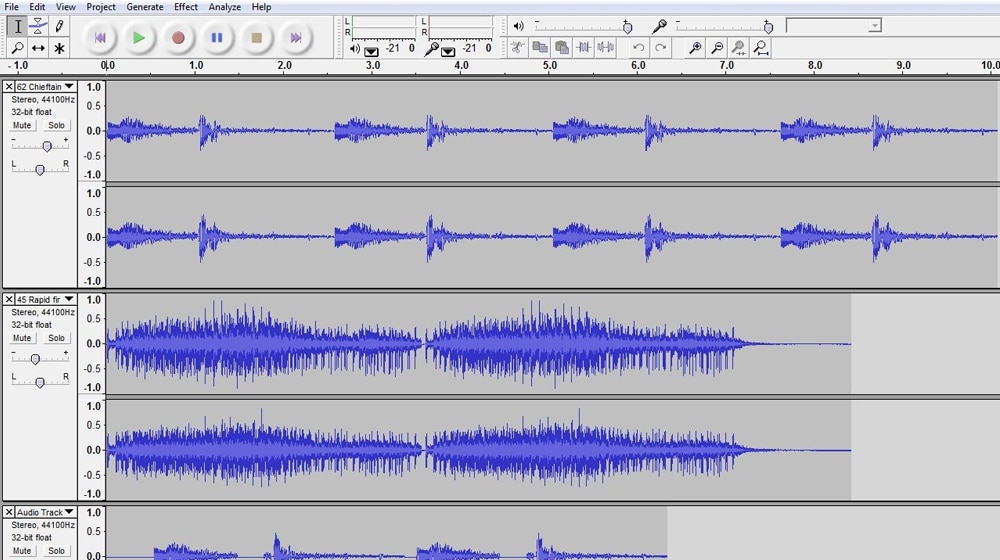
4. Publish and promote. Podcasts are fiercely competitive, so it's a difficult market to break into, and you 100% won't succeed if all you do is publish blog posts as audio posts and call it good. Read up on podcast marketing, do some bare minimum optimization and promotion, and take it from there. Remember, you don't have to be an instant success, but you shouldn't set yourself up for failure.
And, finally:
5. Keep it up. The hardest thing to do with podcasting is setting a regular schedule. You've already got that schedule for your blogging, so keep it up with your audio blogging too. Trust me, it's one of the best things you can do.



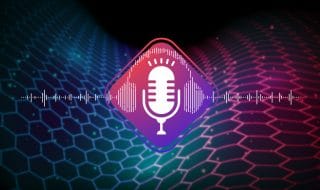


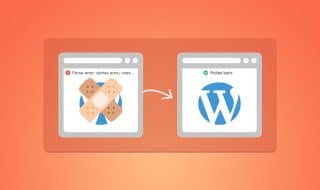

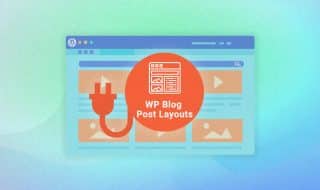

March 30, 2021
Interesting! Do you think 1k-1500 words per blog is worth converting into a podcast?
March 31, 2021
Hey Minca!
Absolutely - you can pack a lot of value into a podcast since the format is very different.
I would go off-script and speak from experience - you'll find yourself adding 3,000 "words" of extra content this way, and it also makes it much more interesting to listen to.
June 07, 2021
Amazon Polly is so dang impressive. The kids voice creeps me out though for some reason 😂
June 07, 2021
Hey Kevin!
The enhanced speech version is a little more expensive but super worth it! The speaker takes breaths in-between sentences and the flow of sentences sounds very realistic.
I listened to all of the voices, the children's voices were definitely interesting.
I’m sure some businesses have a use for this, maybe generating sound clips for children's stories or games.
September 11, 2021
Hi, there. Nice article. You mention installing a plugin but what about if you're not using WordPress? My site is hand coded in pure HTML, so it loads fast and never breaks. Are there players for normal HTML sites? I don't need text to speech automation as I will use actual recordings.
September 12, 2021
Hi Obsidian!
I would think any HTML5 audio player would work well for your site.
Search for "Accessible HTML5 Audio Player" on CodePen - we're using a version of this theme.
You can skin these with CSS very easily, which makes them easy to implement and easy to style. Please let me know what you think!
February 18, 2022
Great article. Informative and conversational. Thanks!
February 21, 2022
Thanks Saskia! I'm happy it was useful to you.